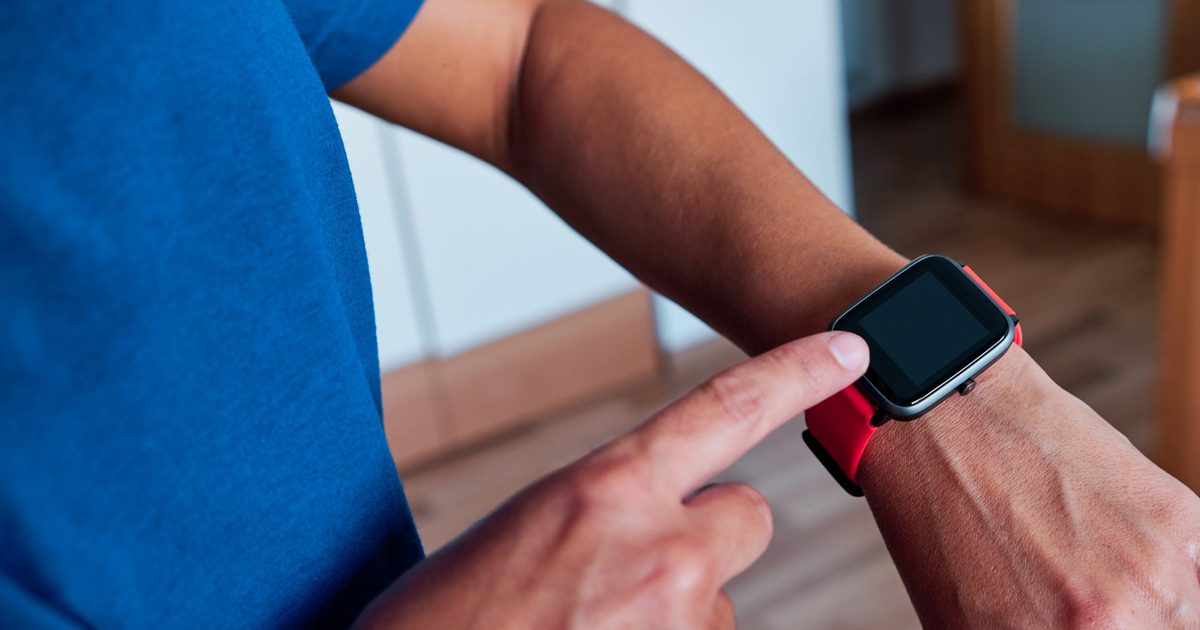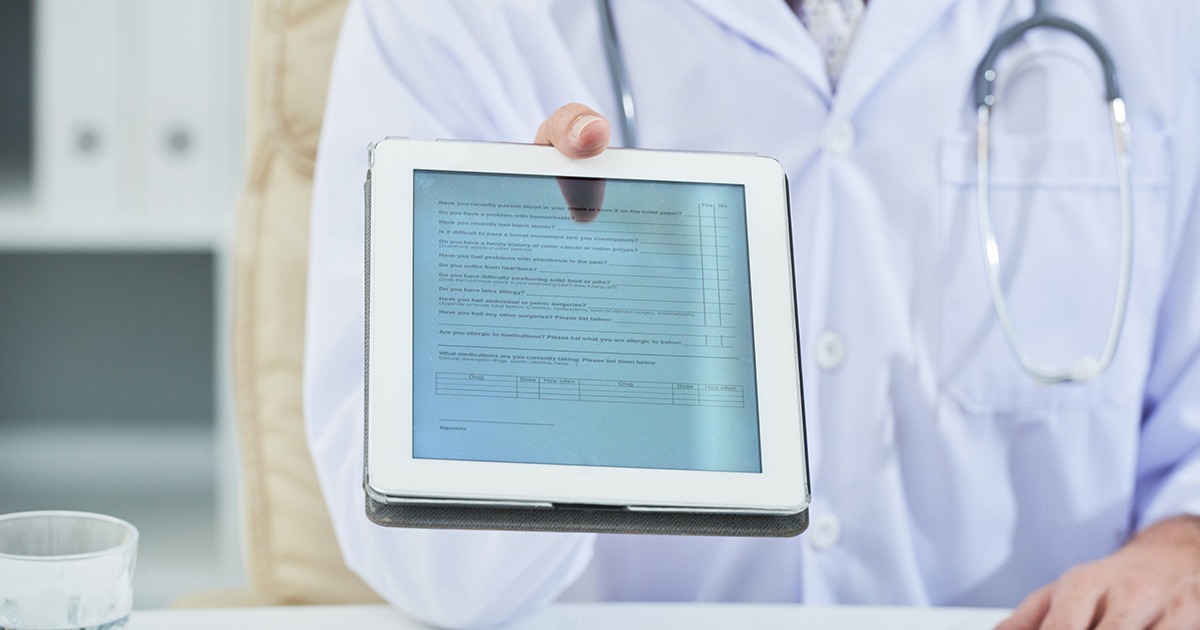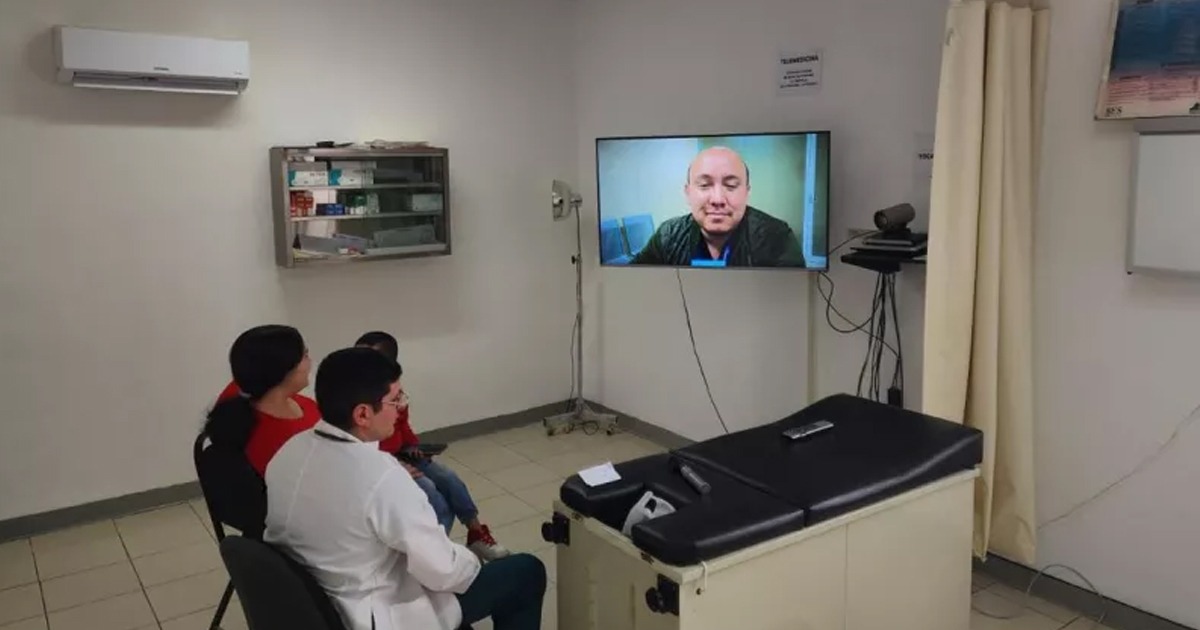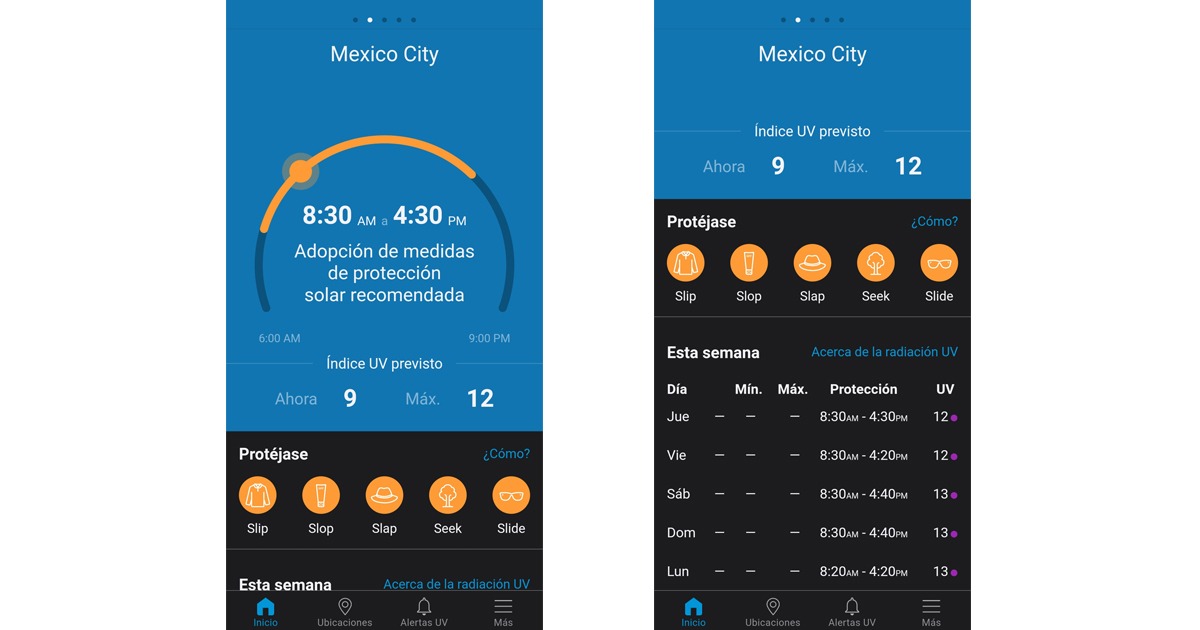It was published in npj Digital Medicine, an article about the use of mobile devices such as phones and wearables to monitor patients during their recovery after surgery.
The article shows how through Digital Health Interventions (DHI) it is possible to monitor and support patients during their post-operative recovery. This is a study that reviews and evaluates the quality of various studies on the use of DHI for monitoring patients after an operation and thus identifies the barriers to its implementation.
The search included Embase, Cochrane Library, Web of Science and WHO Global Index Medicus and Google Scholar databases. “Studies involving patients undergoing any surgery requiring skin incision where postoperative outcomes were measured by a DHI after hospital discharge were included, with DHI defined as mobile and wireless technologies for healthcare to improve system efficiency. health and health outcomes,” the study explains.
To measure the quality of the methodological reports collected, the validated Mobile Health Test Assessment and Reporting (mERA) guidelines were used. The review examined 6,969 articles and finally 44 were included, of which 34 described study designs with a high risk of bias.

One of the types of devices used was mobile phones, which were generally used for multimodal patient feedback programs; follow-up to recovery and patient education. Through them, the need for patients to physically attend a medical check-up was reduced.
Other of the most used devices in the studies included in the review were wearable accelerometers, or smart watches, useful for measuring the physical activity of post-operative patients. However, these were little used in studies related to continuous patient monitoring.
Most of the studies reported mainly on postoperative recovery. In addition, they included as additional primary outcomes the impact of DHI on pain management, postoperative complications, symptom monitoring, surgical site infection, and use of hospital resources.
However, the researchers acknowledge the limitations in most studies. “Despite the potential of DHI to improve postoperative patient care, current progress is severely constrained by limitations in methodological reporting. There is an urgent need to improve DHI reporting after surgery to identify patient benefit, promote reproducibility, and foster sustainability."
You can consult the full study at the following link: https://www.nature.com/articles/s41746-021-00525-1





